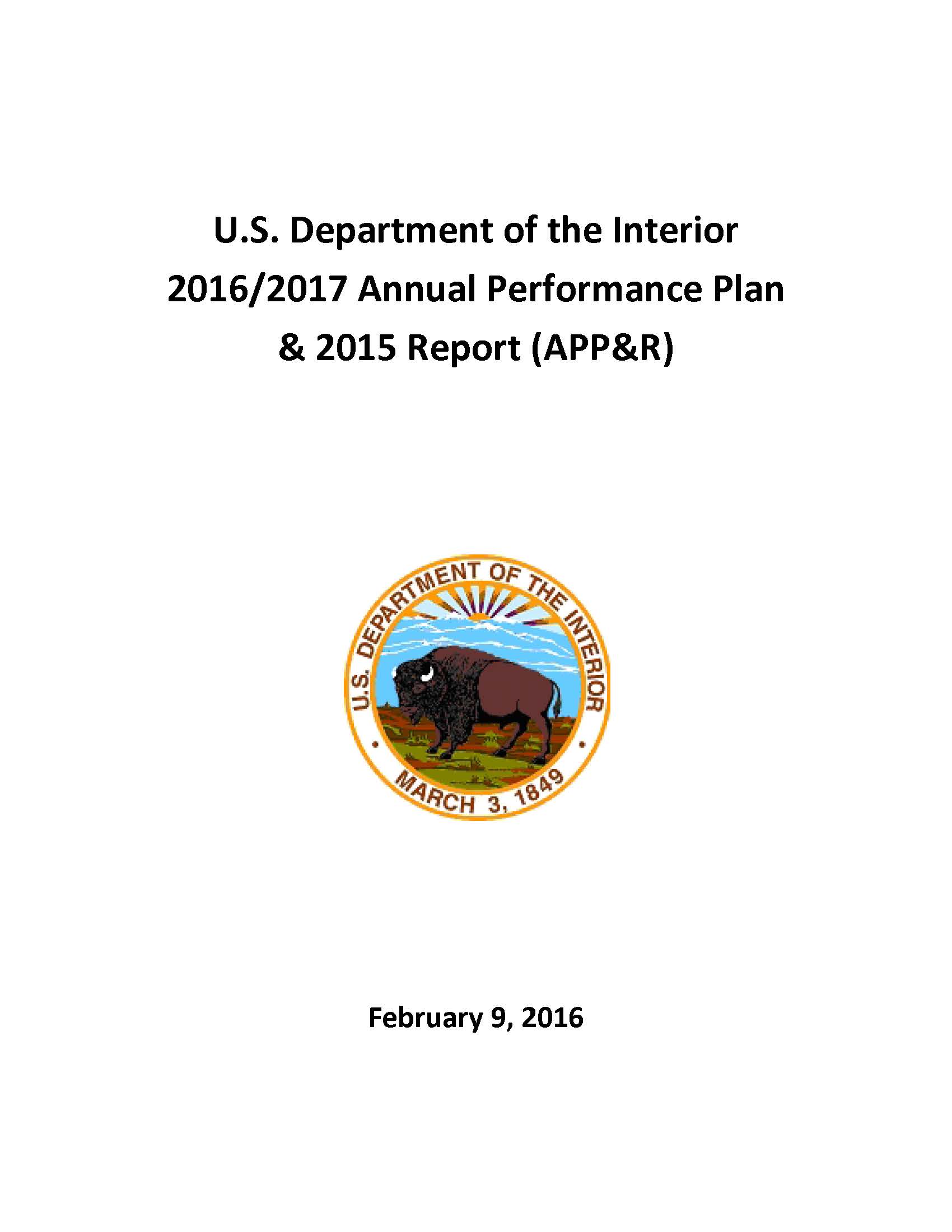- Home
- Agencies
- Department of Agriculture
- Department of Housing and Urban Development
- General Services Administration
- Department of Commerce
- Department of the Interior
- National Aeronautics and Space Administration
- Department of Defense
- Department of Justice
- National Science Foundation
- Department of Education
- Department of Labor
- Office of Personnel Management
- Department of Energy
- Department of State
- Small Business Administration
- Environmental Protection Agency
- Department of Transportation
- Social Security Administration
- Department of Health and Human Services
- Department of the Treasury
- U.S. Agency for International Development
- Department of Homeland Security
- Department of Veterans Affairs
- Goals
- Initiatives
- Programs
Primary tabs
Strategic Objective
Generate Geologic Maps
Strategic Objective
Overview
The USGS conducts national-focused Earth-system science, along with its many partners, to deliver an understanding of the Earth’s complex geologic structure. Products include geologic maps, three-dimensional geologic models, interpretive studies, and scientific publications, all of which are essential for informed public policy decision making and economic development. Detailed, accurate information about the nature and origin of the geology of an area, portrayed through geologic maps and three-dimensional frameworks, is essential for identifying mineral, oil, and gas resources, finding and protecting groundwater, guiding earthquake damage prediction, identifying landslide and post-wildfire hazards, guiding transportation planning, and generally improving the quality of life and economic vitality of the Nation.
Read Less...Progress Update
Performance shows slight improvement from FY 2011 through 2015, from 49% to 52% of the U.S. covered by a geologic map. This level of performance indicates that national coverage is increasing for baseline geological maps, research, and assessments and that the products are informing land manager and policymaker decision making. Despite a decrease in funding from FY 2011 through 2015 levels, performance continues to meet targets through new technologies and more effective methods of production and delivery.








